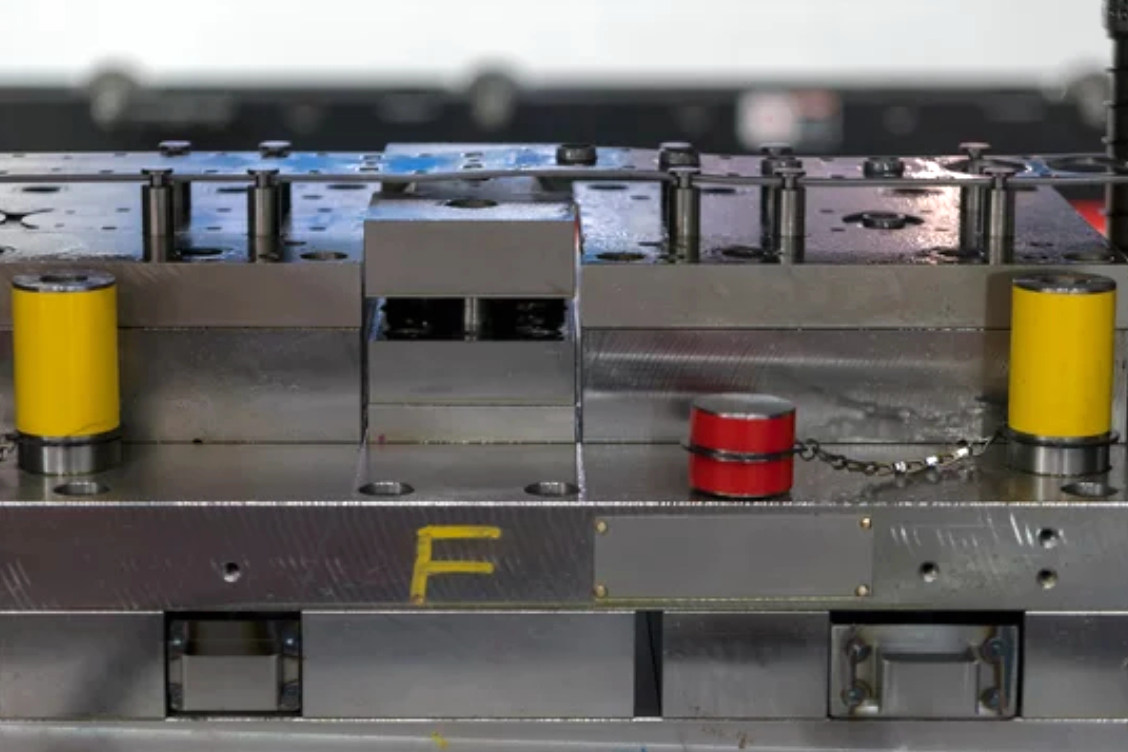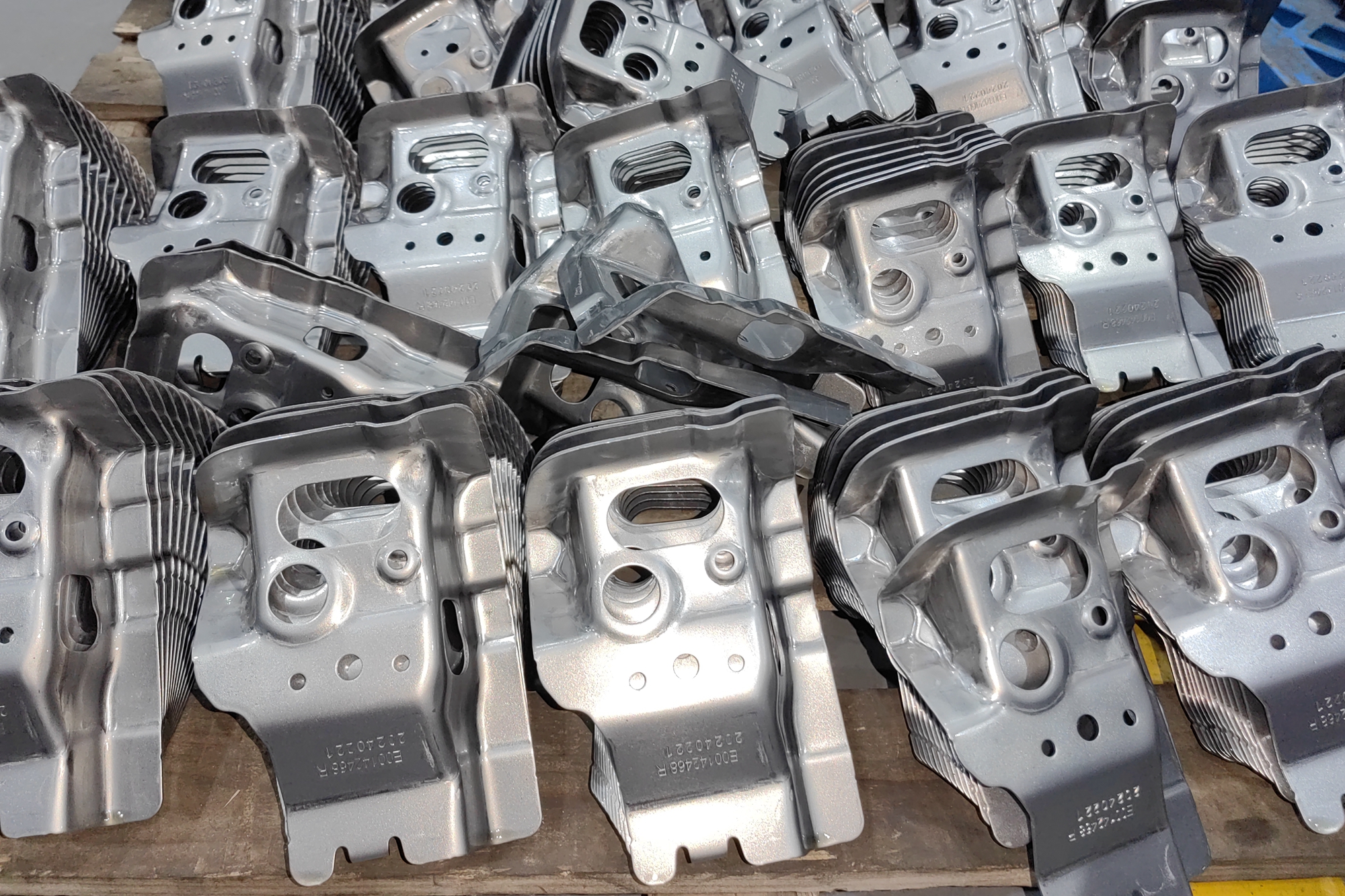What is the most common technique used in metal bending?
What Is the Most Common Technique Used in Metal Bending?
Air Bending: The Industry Standard
Air bending is the most widely used technique in modern metal bending due to its versatility, material efficiency, and compatibility with CNC press brakes. In this method, a punch presses the metal sheet into a V-shaped die without forcing it to bottom out. The sheet contacts only the punch tip and the die edges, allowing for a range of bend angles with the same tooling.
Key Advantages of Air Bending
Flexible angles: By adjusting the punch stroke depth, multiple angles (e.g., 90°, 120°) can be achieved using the same die.
Reduced tool wear: Since there's less contact between tooling and workpiece, the die and punch last longer.
Minimal tonnage: It requires less force compared to bottoming or coining, making it suitable for thin and medium gauge materials.
Applications and Material Range
Air bending is widely used for forming aluminum, stainless steel, carbon steel, and coated metals in industries like automotive, telecommunication, lighting systems, and energy enclosures. It is especially effective for prototypes and flexible production runs.
Common Bending Parameters
Bend radius: Typically 1–1.5 times the material thickness.
Tolerance: ±0.2 mm is achievable with CNC-controlled systems.
Springback: Compensated by adjusting punch depth and selecting appropriate die openings (6–12× material thickness).
Manufacturing Services for Precision Metal Bending
Neway offers precision metal bending services using CNC press brakes and advanced tooling systems. With 20+ years of experience, ±0.2 mm bending accuracy, and integrated sheet metal fabrication, we deliver custom-formed parts for industrial, automotive, and enclosure applications.



